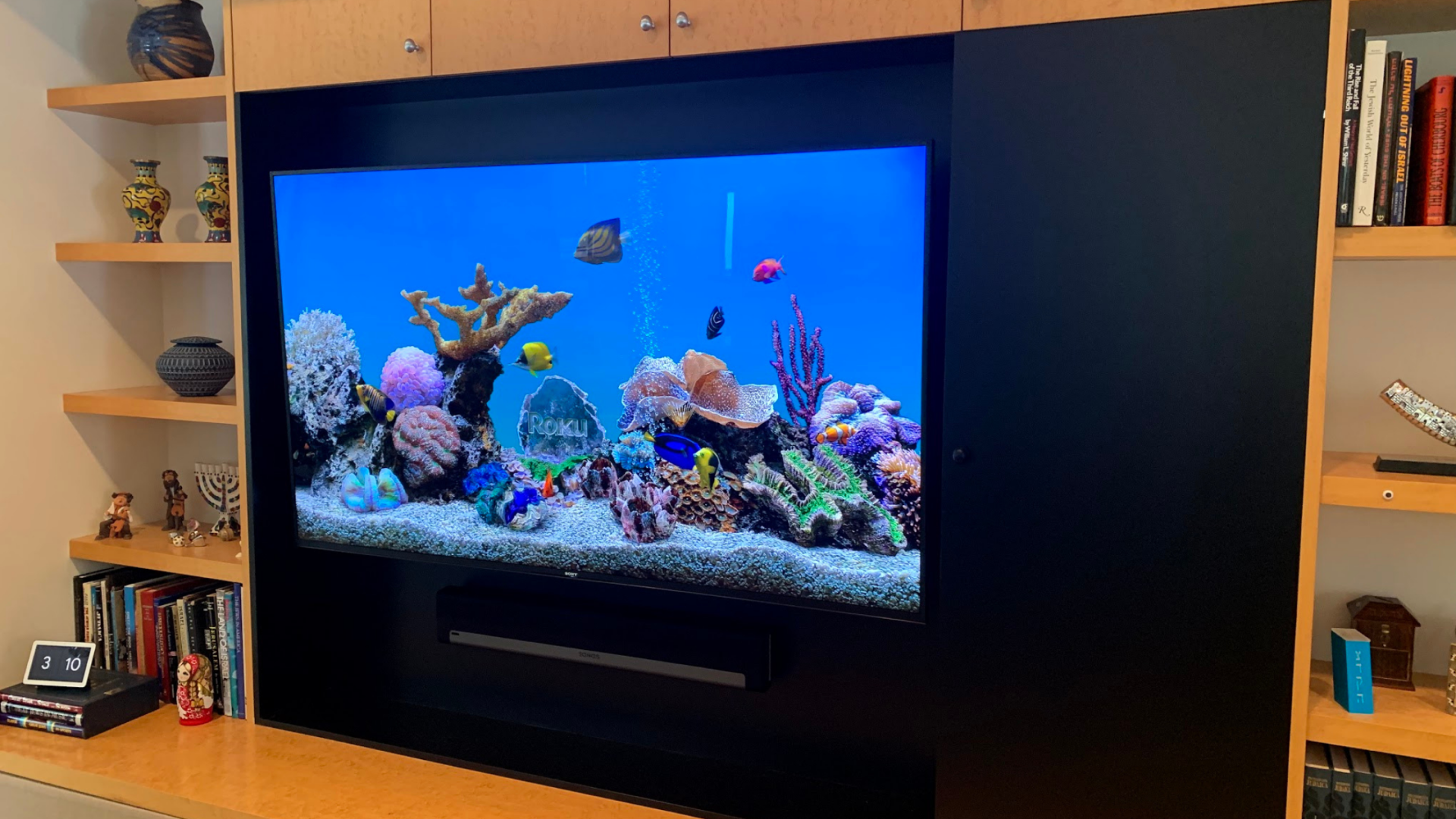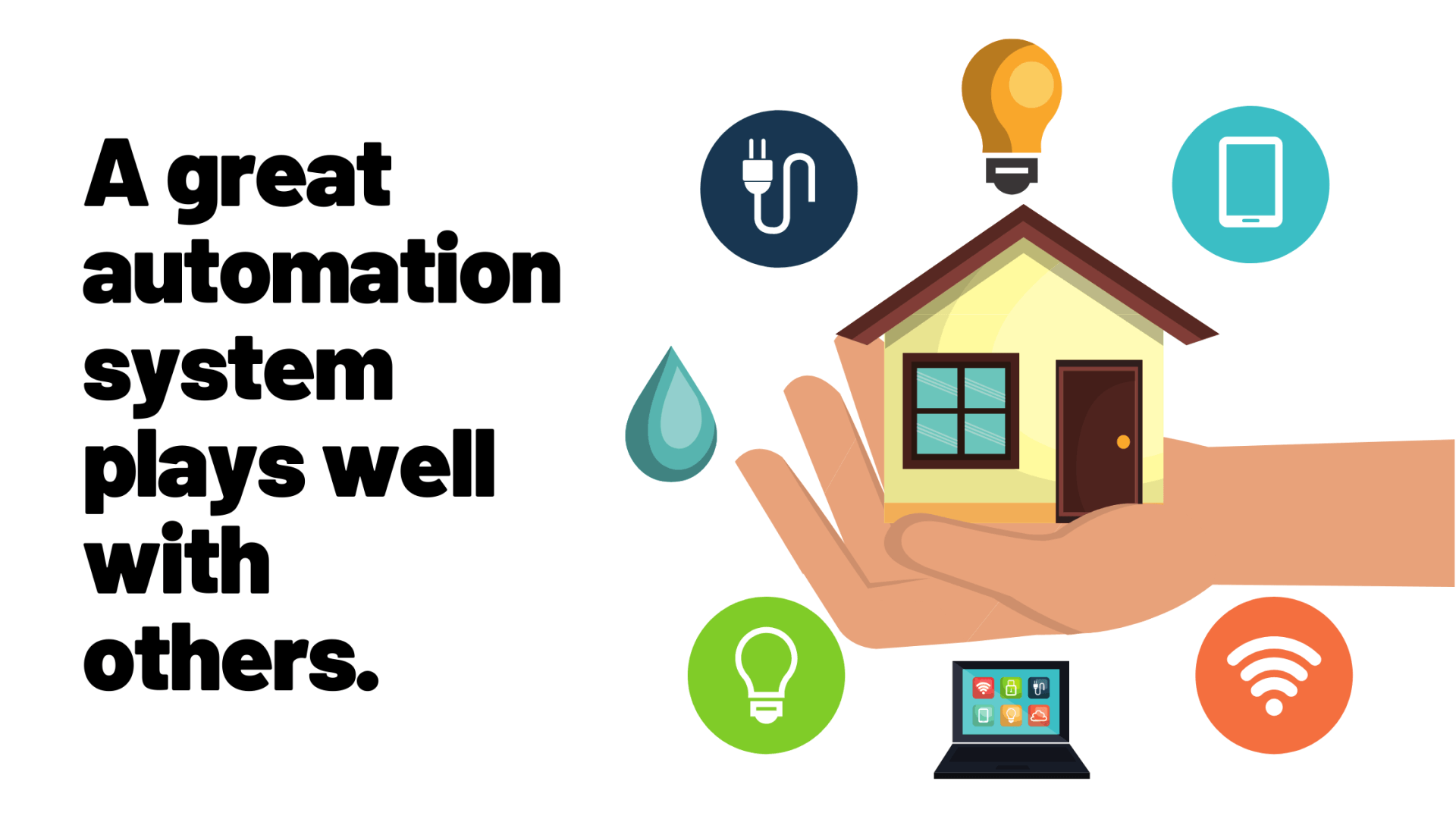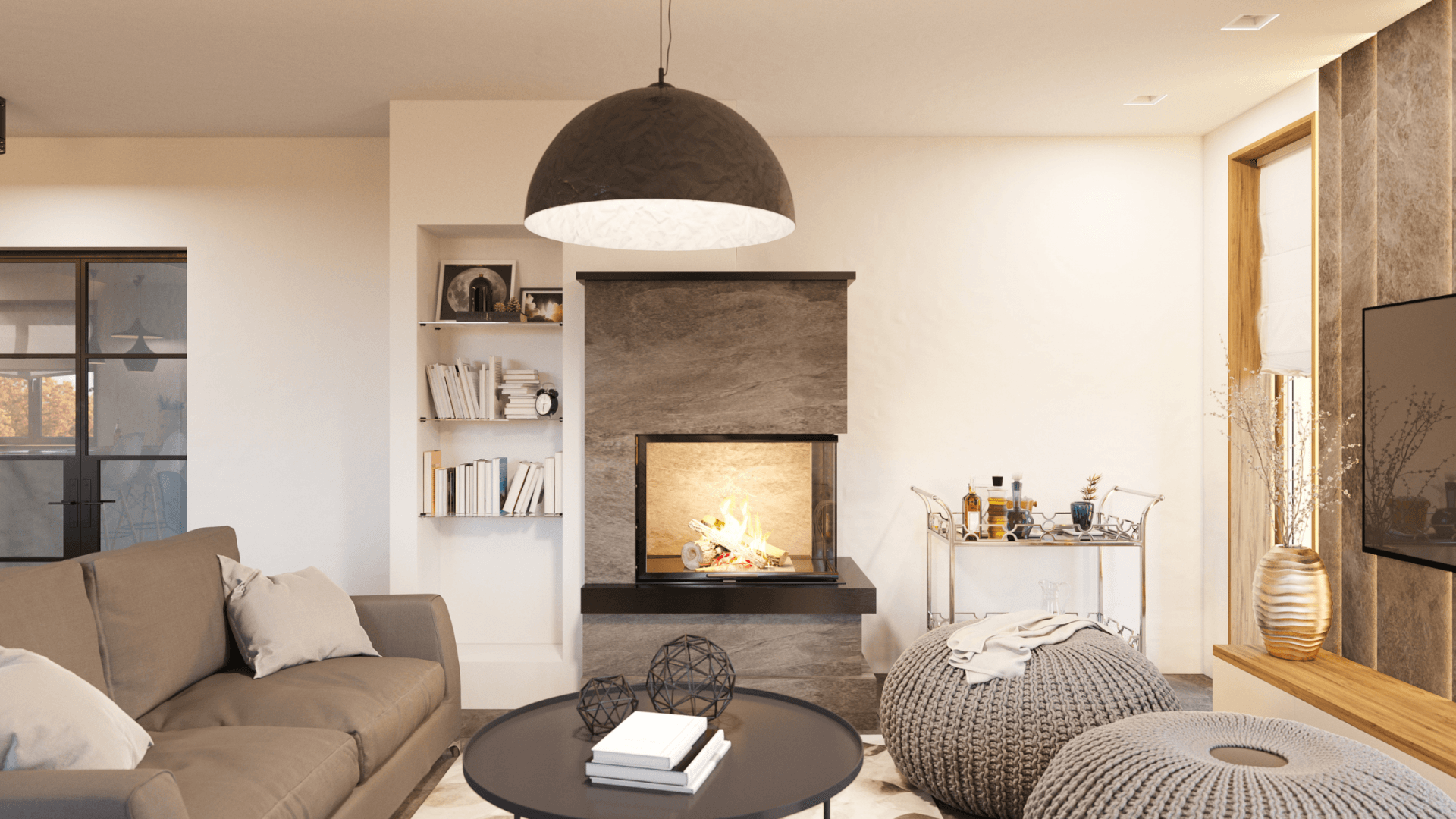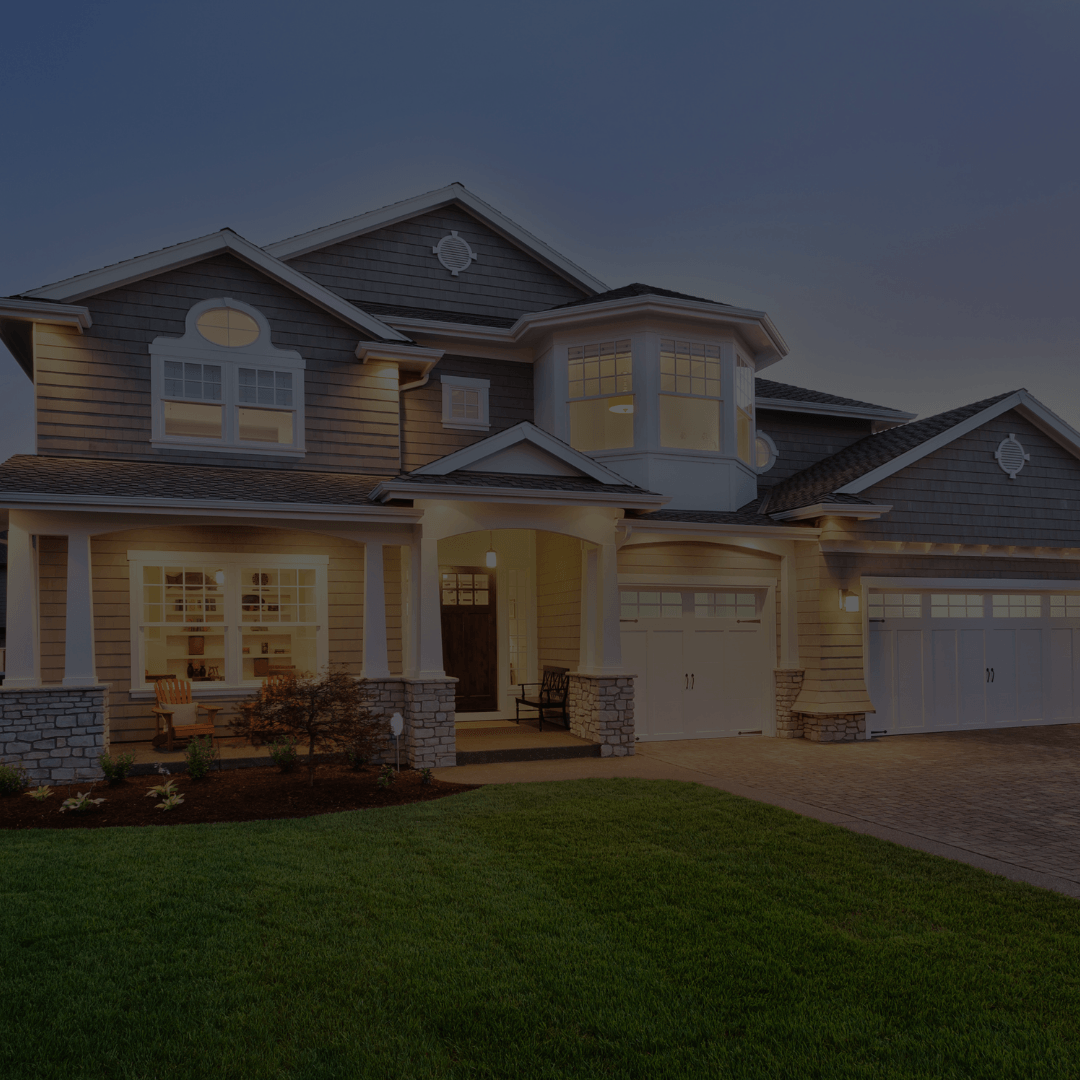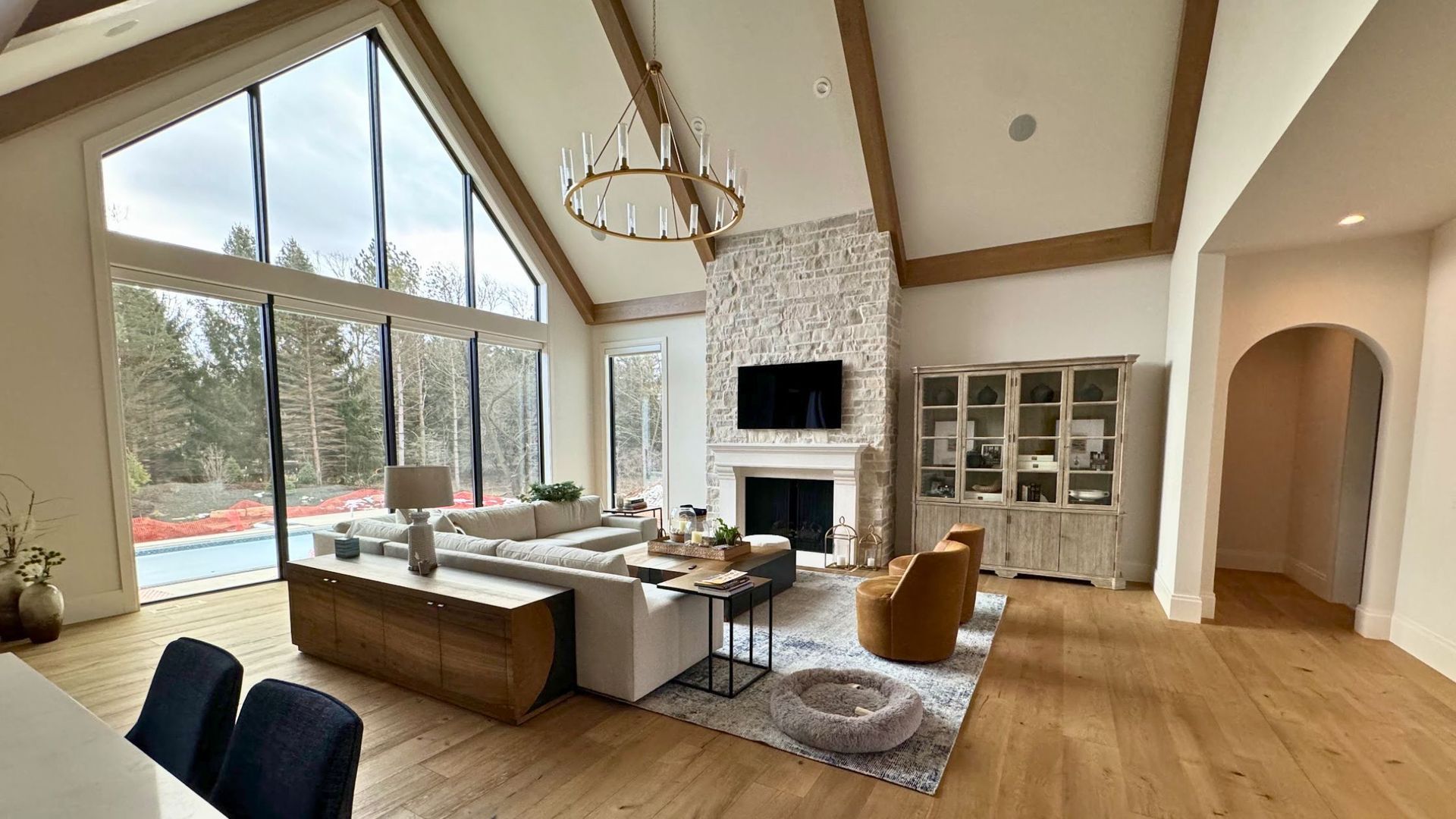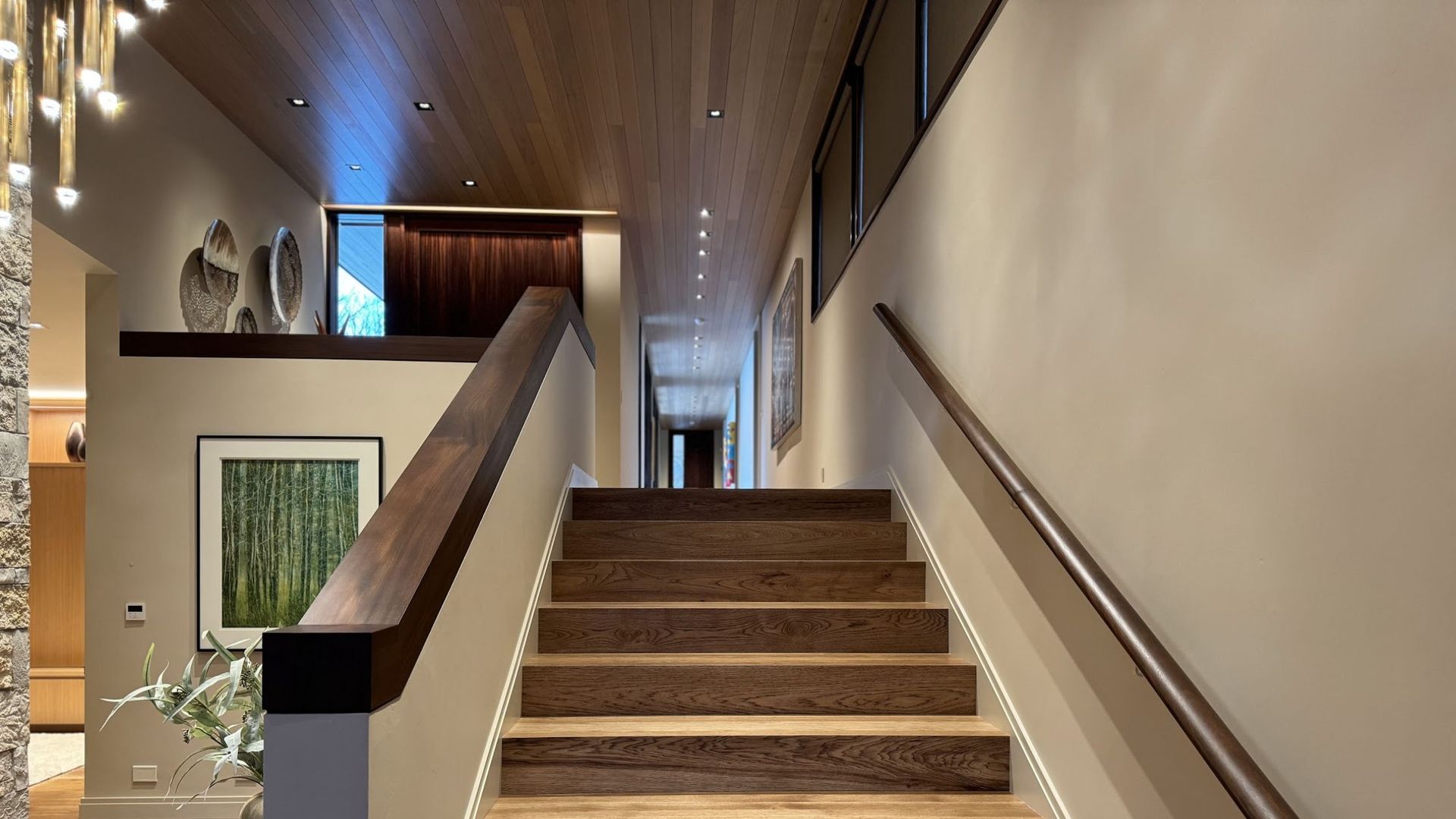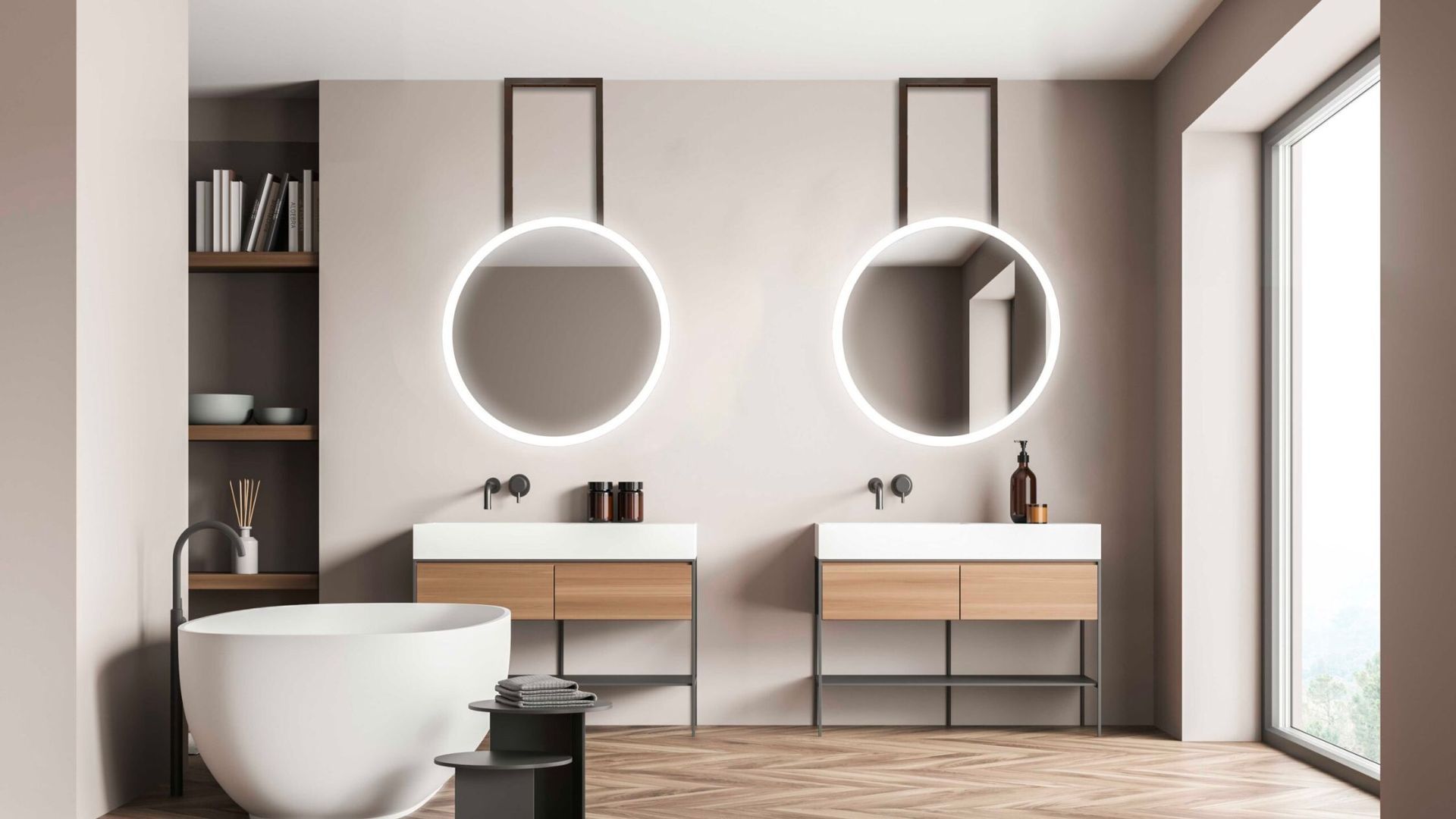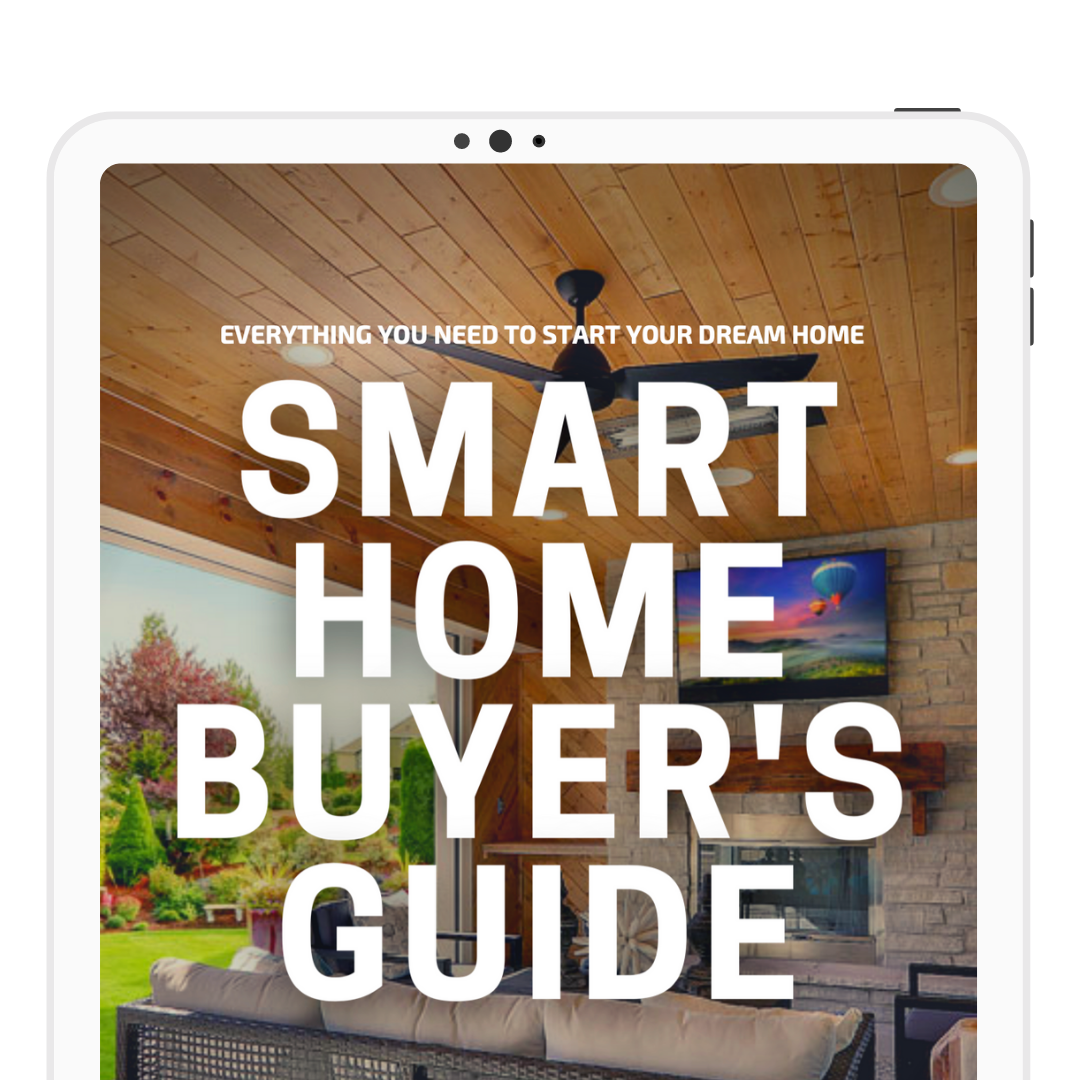What are the Essential Features of a Home Automation System?
Look for These Key Characteristics When Choosing an Automation System
(Source: Control4)
You wouldn’t typically book a hotel room without first investigating the amenities offered: Is there room service and a gym? Do they cater to business travelers by offering free Wi-Fi? Can you expect a free continental breakfast in the morning?
The same should be true when looking for a system to automate the electronic components of your home. Granted, the criteria by which you judge a system will be vastly different than the factors that influence your choice of lodging, but they are probably even more important to your overall satisfaction.
Unlike a temporary hotel stay, this is a decision that will impact your life every day for as long as you live in your home. Although the performance of a
home automation system will hinge largely on how well it’s been engineered, programmed and installed by a home automation Dealer, there are some inherent features of a system’s design that are important to consider.
Plays Well With Others
One of the biggest benefits of a home automation system is its ability to unify the operation of many different types of electronic components. By wrapping multiple products together, it allows you to control the lights, thermostats, A/V gear from a single user interface—tablet, smartphone, touch screen, keypad, or computer.
A good example of this capability is having the lights turn off, the thermostats set back and the
motorized window shades close when you press a “Goodbye” button on a keypad or when a motion sensor notices that you have exited a room.
Getting the disparate devices to work cohesively can be simple or complex, depending on the “openness” of the automation system.
Basically, the more open a home automation system is, the easier it will be for a home automation Dealer to place all the components under its supervision and have those components operate seamlessly with each other.
To support interoperability between products,
Control4, for example, has an open platform and works with over 8,000 devices and 60 other companies to ensure that its line of automation products can communicate openly with a wide variety of other systems.
Another way manufacturers are fostering interoperability is by adhering to particular technology standards. For example, many manufacturers have embedded ZigBee, Z-Wave or Wi-Fi wireless communications technology to ensure that their products can network with other ZigBee, Z-Wave or Wi-Fi products.
Modularity
To automate every piece of technology in your home in one shot can be a bit overwhelming, not to mention expensive. Thanks to innovative designs by manufacturers, you don’t have to do everything at once.
Instead, you can automate your home room by room, feature by feature, piece by piece, updating gradually as your needs and budget permit. A system that’s been manufactured to be modular will allow you to incorporate a few basic features first, and then add complexity when you’re good and ready.
Upgrades should occur without any major disruptions to your household.
Make sure your automation system can be easily expanded both vertically to incorporate additional products and horizontally to support additional rooms.
One way manufacturers support modularity and expandability is by designing their systems to speak a common networking language, like IP (Internet Protocol), and by offering wireless retrofittable products that can communicate via a home’s existing network of wireless products.
Easy Updates
Software updates are what keep the computers, cable and satellite boxes, e-readers and other pieces of technology in your home fresh and relevant.
The same is true for home automation systems. Software is the driving force of a home automation system—it’s like the brains for your home.
As new products are added to your system, and as manufacturers release new, improved versions of their automation software, your system’s original software will need to be updated to keep pace.
Before you buy an automation system, be sure the manufacturer and home automation Dealer will be able to unlock and download software updates.
Friendly User Interfaces
Automation systems, by their definition, are supposed to make things happen automatically. While such systems are able to do this based on conditions like the time of day or season of the year, most people prefer greater spontaneity in the operation of their home’s electronic systems.
This is the role of the “user interface.”
There are numerous types of interfaces, so be sure the manufacturer of your chosen home automation system offers the models you are most comfortable using.
If you’d like to use an assortment of interfaces—a solution prefered by many families—again, make sure your automation system supports the types of interfaces you need.
Strong Dealer Network
You can have the best automation system available, but without someone qualified to install it into your home and tailor it to your individual lifestyle, you won’t be happy with your investment.
-
Evolved Habitat is a Certified Control4 Smart Home Pro in Northeast Wisconsin. Building a new home or starting a large home renovation? Start with our free Smart Home Buyer's Guide to help you figure out the perfect system for your home.
Building or Renovating Your Home in WI?
Evolved Habitat is Your Certified Smart Home Pro in Green Bay WI
We specialize in custom smart home systems, innovative home automation design and installation, and cutting-edge home security solutions.
Contact us today if you are planning a new construction or home renovation and we will design a custom smart home automation plan, create a streamlined strategy to blend it into your space, and deliver unmatched service during the entire process and beyond.


